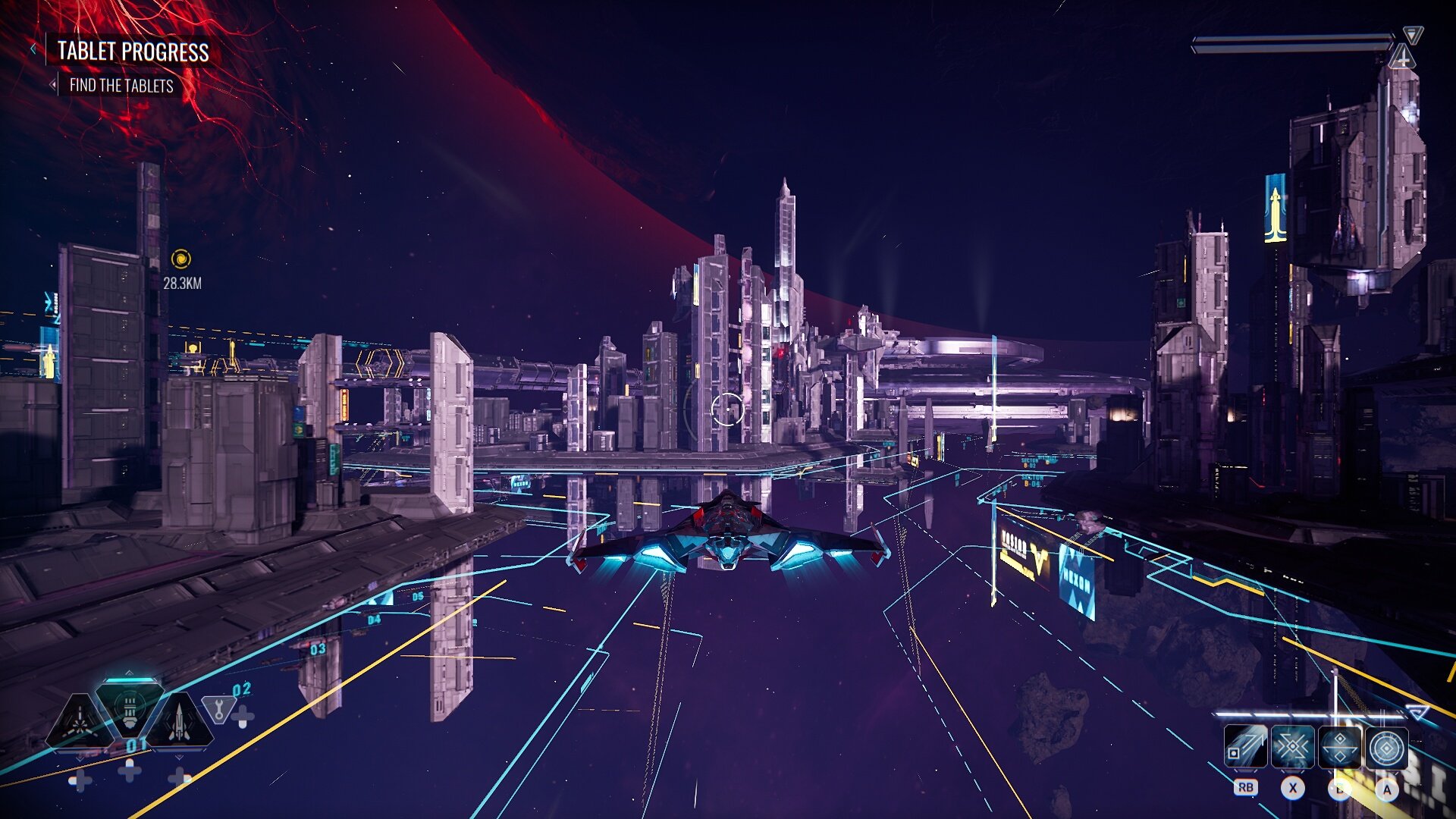Android Central Verdict
Bottom line: Chorus is a space combat game with plenty of challenging dogfights and a ship that can be upgraded to one's content. Unfortunately, the story does not match the excitement of the gameplay.
Pros
- +
Varied space combat
- +
Fluid action
- +
Beautiful environments
Cons
- -
Tiny UI icons
- -
Story and side missions can be easily ignored
- -
Main characters become extremely annoying towards the end
Why you can trust Android Central
Chorus — not Chorvs, as the stylized title might tell you — is a new title from the developers of the mobile Galaxy on Fire series. The game features third-person combat with a ship containing a great variety of weapons, all of which can be upgraded to feel like a destructive fireball soaring through space.
While its story may get bogged down by dense lore and confusing narrative devices, but the moment-to-moment action can be perfect for those who have not picked up an aerial combat title in a while. The Stadia version has been done especially well and is worthy of playing through on the streaming platform.
Chorus: Gameplay, story, and presentation
| Category | Chorus |
|---|---|
| Title | Chorus |
| Developer | Deep Silver Fishlabs |
| Publisher | Deep Silver |
| Genre | Action, Adventure |
| Version Reviewed | Stadia |
| Stadia Pro? | No |
| Players | Single-player |
| Release Date | Dec. 3, 2021 |
| Launch Price | $40 |
Chorus is a third-person aerial combat game that takes place entirely in space. Unlike other air combat titles like Star Fox and Ace Combat, which are level or mission-based, Chorus is an open world game where you will need to fly across space to get to your destination. While space looks absolutely gorgeous, with planets and nebulas looming in the background to contrast against the total darkness, there is going to be a lot of flying in a straight line to get to the next objective.
The game contains several maps of various sizes, with the larger maps receiving rail systems that will give you constant boosts, almost conveniently, to the next destination. The open world seemed unnecessary if not for the side missions and credit/upgrade packages littered around the map, but the view does not really change outside visiting standing wreckage and maneuvering around asteroids. The missions in the open world even contain invisible barriers where flying too far out can give you the dreaded "Leaving Mission Area" message with a timer to get back before the mission fails, which was odd considering there isn't any physical barrier to trespass that would make it obvious. Just stick close to the main objective to be safe.
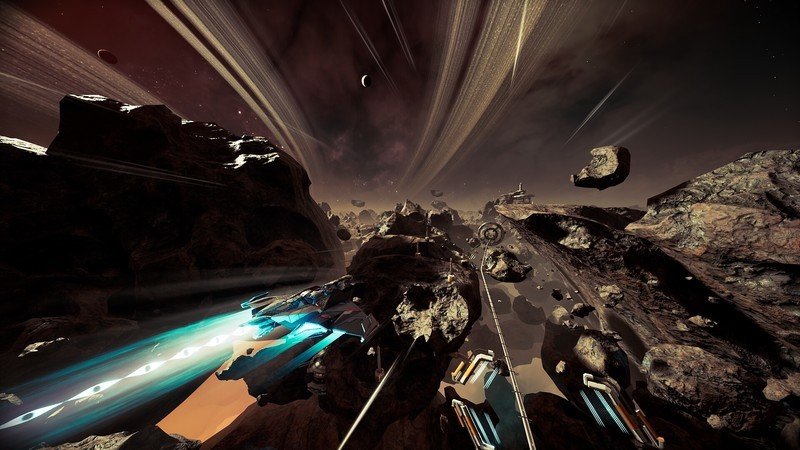
The action never leaves the ship though, which is outfitted with a Gatling gun, laser, missile launcher, and three slots for additional perks. Everything about the ship can be upgraded from health to weapons, and there is a mastery system that awards passive bonuses based on actions such as destroying ships while boosting or receiving less damage from mines by blowing up a certain number. Your ship can also obtain special abilities throughout the story called Rites, which can be upgraded with perks that let you do things like transport behind an enemy or disable ships completely.
The game has a few moments where dying is more beneficial than trying.
The combat is very fast, with the need to constantly reorient yourself as enemies zip past you. The beginning of the game can be rough without the repair function and not knowing how to drift (drifting is key for combat and several moments when you need to hit several switches at once) but you'll feel extremely powerful by the end being able to one-shot ships.
The only complaint for general combat and movement is the small UI icons. Enemies are marked by tiny diamond icons that encircle your view when not on screen, and can be hard to keep track of when bombarded with bright explosions and background glow even a few feet from my computer screen. The ship also contains a pulse ability to ping important objects nearby with a small, gray triangle. Unfortunately, that triangle icon is used for allies, switches, turrets, memories, and credit packages. The same UI icon makes it hard to differentiate what is a threat or not when surrounded by a dozen triangles on a busy battlefield.
The game also has a few moments where dying is more beneficial than trying. One mid-game boss requires you to be in a certain place before a growing massive ball of energy kills you, but you needed to destroy the weakpoints in a certain order. I died too far away from the spot each time I had to do the sequence, but the game would checkpoint me directly in front of where I needed to go. While generous, it solved a problem that could have easily been changed. The game does have a permadeath option, so good luck if playing on that.
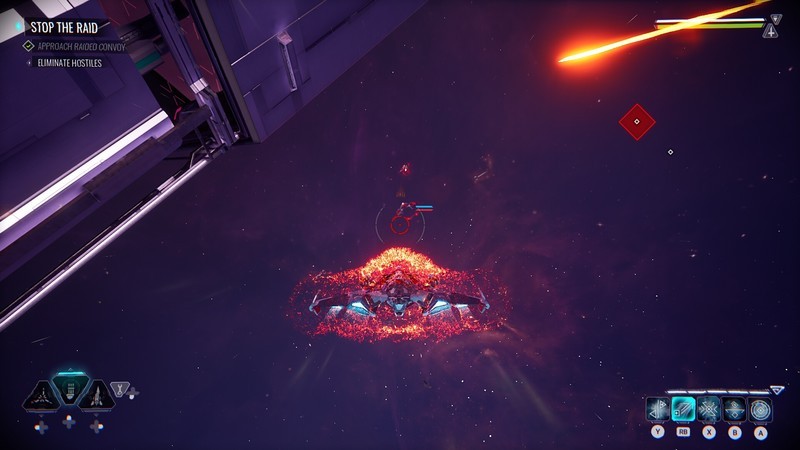
Chorus's story follows pilot Nara and her sentient ship Forsaken as they try to right the wrongs of their past and defeat a cult from taking over the universe. Nara does not endear herself at the beginning by blowing up a planet of millions by herself, and unintentionally becomes annoying by the end even as she overcomes challenges and grows as much as a person who was once a once-brainwashed killing machine could be.
Nara and Forsaken become more in-sync as the story goes on, and one way the game shows that is by having the two finish each other sentences such as, "no pain... stops us" and "make your... peace." The two will repeat phrases like these during end-game fights every minute whenever there isn't story exposition, sometimes as much as a dozen times across a several-minute-long fight. They even repeated two lines one after the other for a 10-second encounter against two stationary turrets.
Nara also whispers when thinking to herself to the player, which felt odd at the beginning when she is alone. It is an odd choice instead of a echoed narration, but becomes somewhat downplayed once she reunites with her ship.
For a story with such a dense lore, it can be easily ignored. Characters and enemies are introduced with cult phrases and in-game terminology with the understanding that the player should care about the connection between factions. All conversations take place in static character portraits and radio chatter, while any history is learned through unmoving holographics and audio logs. The side missions are the same with uninteresting stories, and are only necessary if you are hurting for credits or ship upgrades.
Chorus: Stadia performance and features
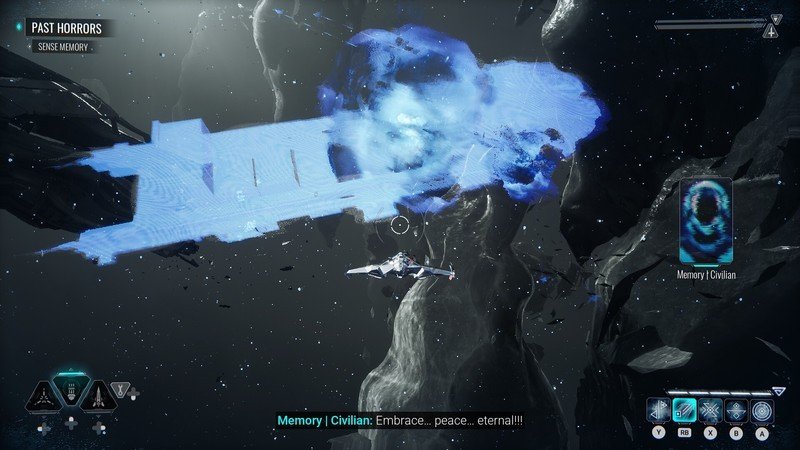
Chorus is a single-player game that does not use any of the Stadia-exclusive features like State Share or Crowd Choice, but ran extremely well playing from a desktop. I had no issues with framerate or pixelated graphics while streaming at 60FPS in performance mode, which I was impressed with due to the constant barrage of lights and fast ships zooming by every minute. The game also has a quality mode with better graphics at a reduced framerate, but I wasn't able to test it since it requires a 4K display.
Of course, performance may vary due to how fast your internet connection is. According to my Optimum connection's Speedtest, I had an average download speed of 340Mbps and an average upload speed of 21Mbps. Google recommends at least a 10Mbps download speed for 720p streaming, 20Mbps download speed for 1080p streaming, and at least a 35Mbps download speed for 4K streaming.
Chorus: Should you buy it?
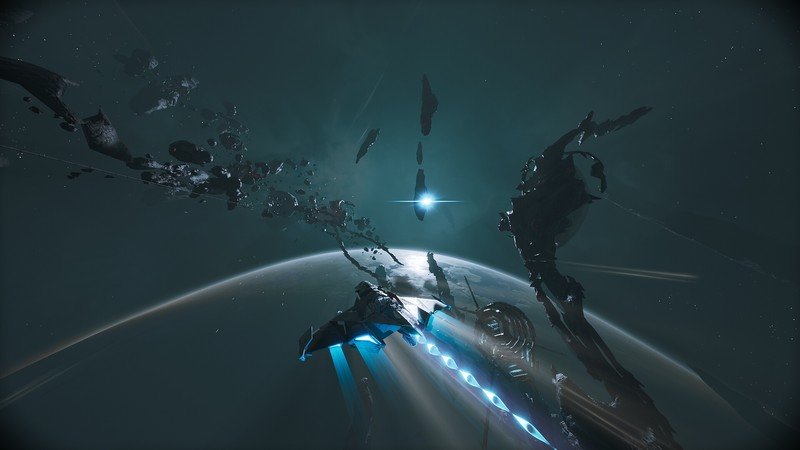
3.5 out of 5
Chorus nails the grand feeling of soaring through expansive space and surviving tough dogfights against several enemies at once. There are enough upgrades for the ship to play around with in different ways and still feel powerful. The story is skippable at best and annoying at worst, with fights where main characters talk without actually saying anything.
Those looking to scratch the aerial combat itch while overlooking the fiction and tone will find this to be one of the best Stadia games, since it runs extremely well on Stadia (your connection granted). Outside of gameplay, there is not much to hook somewhat casually interested for a dozen or so hours.
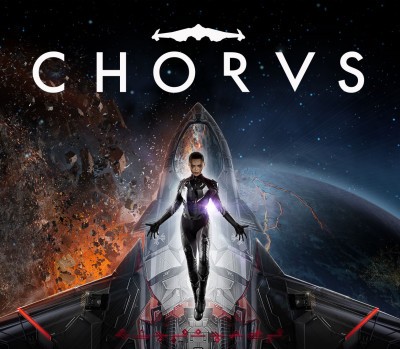
Chorus on Stadia
Bottom line: Chorus offers exciting gameplay through frenzied dogfights in space with a highly customizable ship, but the story leaves much to be desired with a few odd choices.
Thomas Meyer fell in love with video games starting in the mid '90s with a NES, Super Mario Bros., Duck Hunt, and Jack Nicklaus' Greatest 18 Holes of Major Championship Golf. He hasn't stopped and is not planning to anytime soon. Freelance for Android Central and Windows Central.
